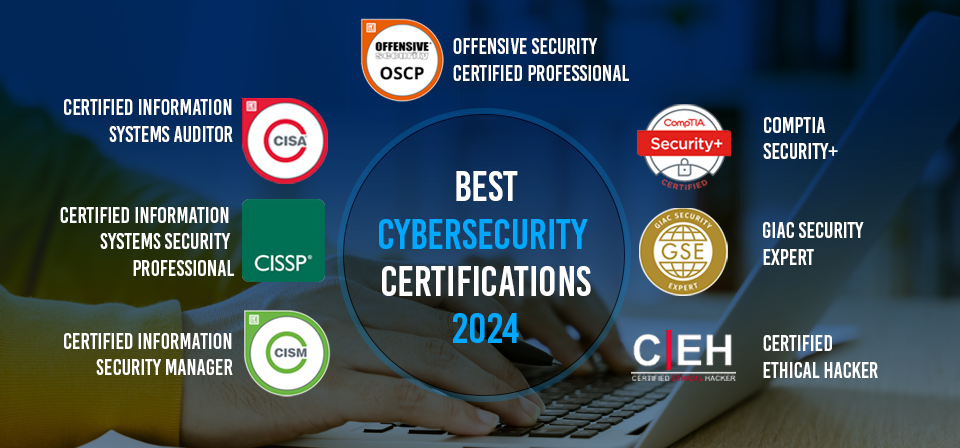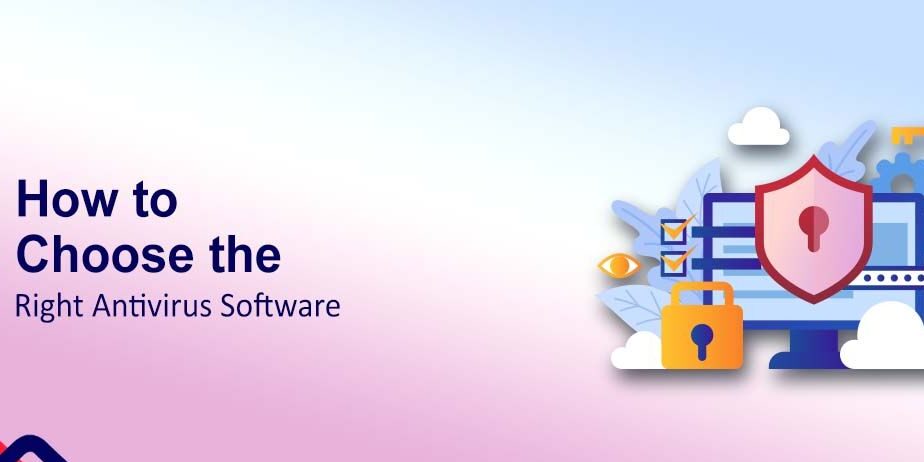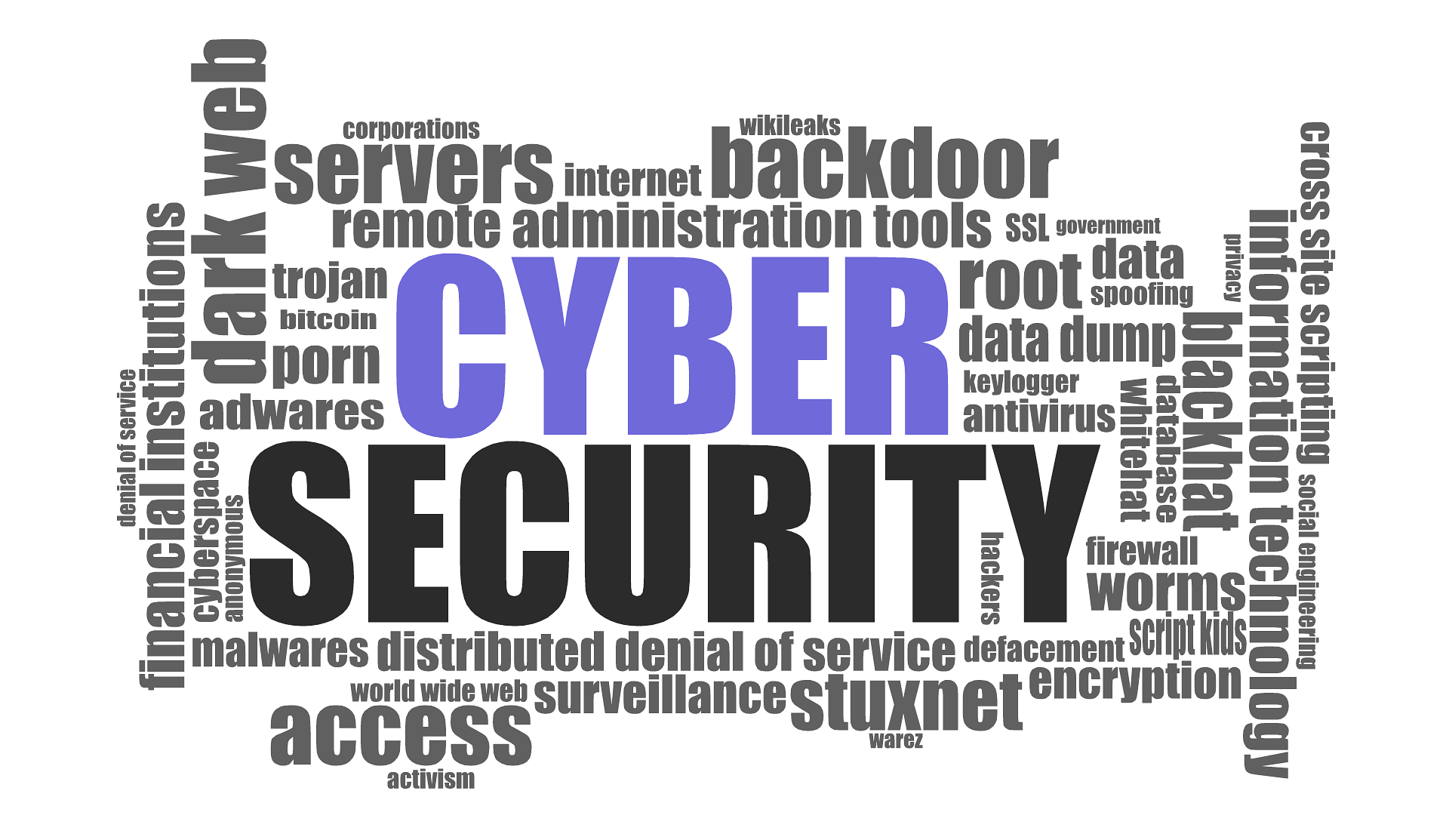How to Protect Your Data Center from DDoS Attacks. Protecting your data center from DDoS attacks is crucial for maintaining uptime and security. Learn effective strategies to prevent, mitigate, and respond to DDoS threats in this comprehensive guide.
Understanding the Threat of DDoS Attacks
Distributed Denial of Service (DDoS) attacks are becoming increasingly sophisticated and more frequent. These attacks aim to overwhelm your data center with excessive traffic, rendering your servers and services inaccessible. Protecting your data center from DDoS attacks is crucial to maintaining business continuity, preventing financial losses, and ensuring the security of your systems. In this article, we’ll explore various strategies and technologies to help safeguard your data center from these threats.
1. What is a DDoS Attack?
A DDoS attack involves multiple compromised systems, often distributed globally, launching a coordinated attempt to flood your data center with traffic. The sheer volume of requests causes your resources—servers, networks, or websites—to become overwhelmed and crash.
These attacks are particularly concerning because they can affect even large organizations with robust security infrastructure. DDoS attacks can range from simple traffic floods to complex application-layer assaults that require specialized solutions to mitigate.
2. Why DDoS Protection is Essential for Your Data Center
- Downtime Prevention: DDoS attacks can bring down critical applications and services, leading to significant downtime and loss of productivity.
- Financial Losses: The disruption caused by a DDoS attack can result in lost revenue, especially for businesses reliant on their online presence.
- Reputation Damage: Prolonged service outages can harm your brand’s reputation, eroding customer trust.
- Security Risks: A DDoS attack can be a smokescreen for other malicious activities like data breaches or system compromises.
3. How to Protect Your Data Center from DDoS Attacks
Here are several strategies and best practices you can adopt to prevent and mitigate DDoS attacks:
4. Implement DDoS Protection Services
One of the most effective ways to safeguard your data center is by using specialized DDoS protection services. These services are designed to absorb and mitigate attack traffic before it reaches your infrastructure.
Popular DDoS protection services:
- Cloudflare: Provides advanced DDoS protection and traffic filtering at the edge of your network.
- Akamai Kona Site Defender: Offers robust DDoS protection along with additional security features.
- AWS Shield: A managed service by Amazon Web Services designed to protect cloud-based infrastructure.
These services use traffic scrubbing techniques to filter out malicious requests and only allow legitimate traffic to pass through to your servers.
5. Use Rate Limiting and Traffic Filtering
Rate limiting is a technique where you set thresholds for the number of requests that can be processed in a given time frame. By setting rate limits, you prevent malicious users from sending a high number of requests in a short period, which is typical in DDoS attacks.
Best practices for rate limiting:
- Set strict limits for how many requests can come from a single IP address in a given period.
- Use geographic filtering to block traffic from regions you don’t do business with.
- Implement challenge-response tests (e.g., CAPTCHA) to validate human users.
6. Deploy Load Balancers
Load balancers distribute incoming traffic across multiple servers to ensure that no single server becomes overwhelmed. By employing load balancing, you can efficiently distribute DDoS traffic and prevent service disruption.
How load balancers help:
- Traffic Distribution: They spread traffic evenly across servers, so one server doesn’t bear the full brunt of an attack.
- Redundancy: Load balancers can route traffic to healthy servers if one goes down due to attack.
Table of Contents
7. Monitor and Detect DDoS Attacks in Real-Time
Proactive monitoring is crucial for identifying unusual traffic patterns that could indicate a DDoS attack. Real-time monitoring tools can help you detect sudden spikes in traffic and identify whether the traffic is legitimate or malicious.
Tools for monitoring:
- Nagios: Offers real-time monitoring of servers, networks, and applications to detect potential threats.
- Wireshark: A network protocol analyzer that helps detect abnormal traffic behaviors that may indicate a DDoS attack.
- Datadog: Provides advanced monitoring and alerting tools to quickly identify and mitigate threats.
8. Network Redundancy and Geofencing
Network redundancy and geofencing can further enhance your data center’s DDoS protection. By diversifying your network architecture, you reduce the risk of all systems going down during an attack.
Redundancy strategies:
- Multiple Data Centers: Use geographically dispersed data centers to distribute traffic and avoid single points of failure.
- Geofencing: Block or rate-limit traffic from regions that don’t match your customer base.
9. Over-Provision Your Bandwidth
While this isn’t a full-proof method, over-provisioning your bandwidth can provide additional time to detect and mitigate DDoS attacks. Having more bandwidth than you typically need can absorb traffic spikes, buying you time before the attack starts overwhelming your resources.
10. Collaborate with Your ISP and Hosting Provider
Work with your Internet Service Provider (ISP) and hosting provider to implement DDoS mitigation strategies. Many ISPs provide DDoS protection as part of their network services. If they detect an attack, they can help redirect or filter traffic before it reaches your data center.
ISP DDoS Mitigation Features:
- Traffic Filtering: Filters attack traffic at the ISP’s infrastructure before it reaches your network.
- Traffic Routing: ISPs can reroute traffic through their mitigation services to avoid traffic surges.
11. Establish an Incident Response Plan
Having a well-documented incident response plan (IRP) is essential for responding quickly to a DDoS attack. Your IRP should outline the steps to take during an attack, including how to alert the appropriate team members, escalate the issue, and involve external vendors for assistance.
Key elements of an IRP:
- Communication Plan: Set up a clear communication channel with your team, your customers, and your service providers.
- Escalation Procedures: Define the process for escalating issues to higher management or external DDoS protection services.
- Forensic Analysis: Plan for post-attack forensic analysis to understand the attack’s source and prevent future incidents.
12. Use Web Application Firewalls (WAF)
A Web Application Firewall (WAF) is designed to protect your web applications by filtering and monitoring HTTP traffic. WAFs can detect and block malicious traffic that could be part of a DDoS attack, especially attacks targeting the application layer.
How WAFs help:
- Application Layer Protection: WAFs protect against HTTP floods and other application-layer DDoS attacks.
- Custom Rules: Set custom rules to block known attack patterns and malicious traffic sources.
13. Conclusion: Proactive Protection is Key
Protecting your data center from DDoS attacks requires a multi-layered approach, involving prevention, detection, and rapid response. By implementing DDoS protection services, deploying rate limiting, using load balancers, and working with your ISP, you can significantly reduce the risk of an attack disrupting your services. Don’t forget to regularly monitor your network and have an incident response plan in place to address potential attacks.
Being proactive in your approach to cybersecurity will help ensure your data center stays secure and your services remain available, even in the face of malicious threats.
Frequently Asked Questions (FAQs)
1. What is a DDoS attack, and how does it affect my data center?
A DDoS attack overwhelms your data center’s resources with massive amounts of traffic, causing systems to crash or services to become unavailable.
2. How can DDoS protection services help?
DDoS protection services filter out malicious traffic before it reaches your infrastructure, helping to prevent service outages.
3. Should I rely solely on load balancers to mitigate DDoS attacks?
No, while load balancers help distribute traffic, a comprehensive security strategy should include additional measures such as DDoS protection services, firewalls, and real-time monitoring.
4. How can I monitor my data center for DDoS attacks?
Real-time monitoring tools like Nagios and Wireshark can help detect unusual traffic patterns indicative of a DDoS attack.
5. What should I do if my data center is attacked by DDoS?
Follow your incident response plan to identify and mitigate the attack. Contact your ISP and DDoS protection service provider for further assistance.




